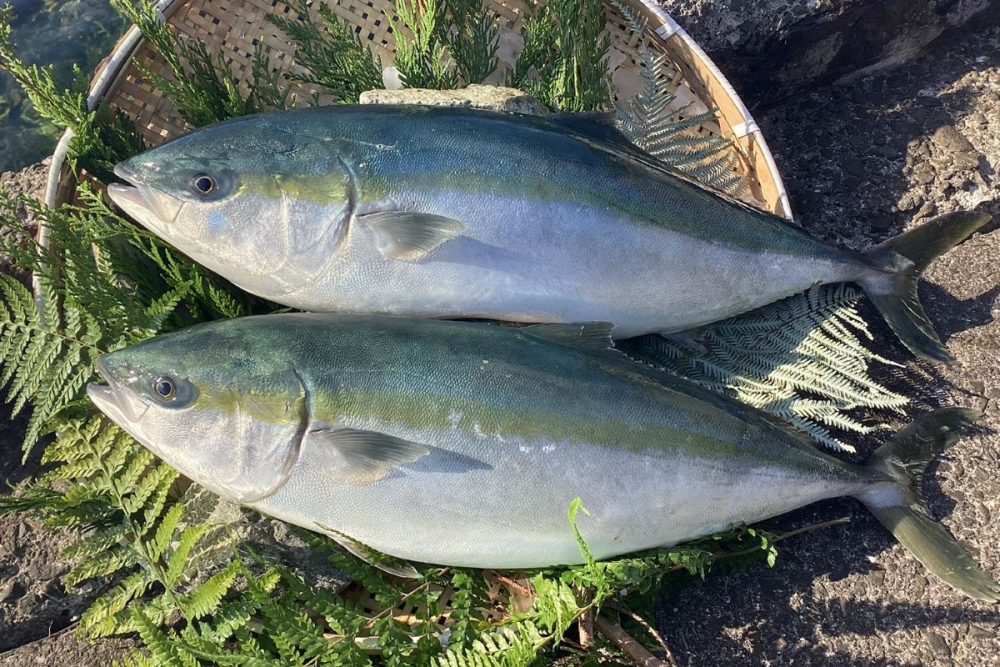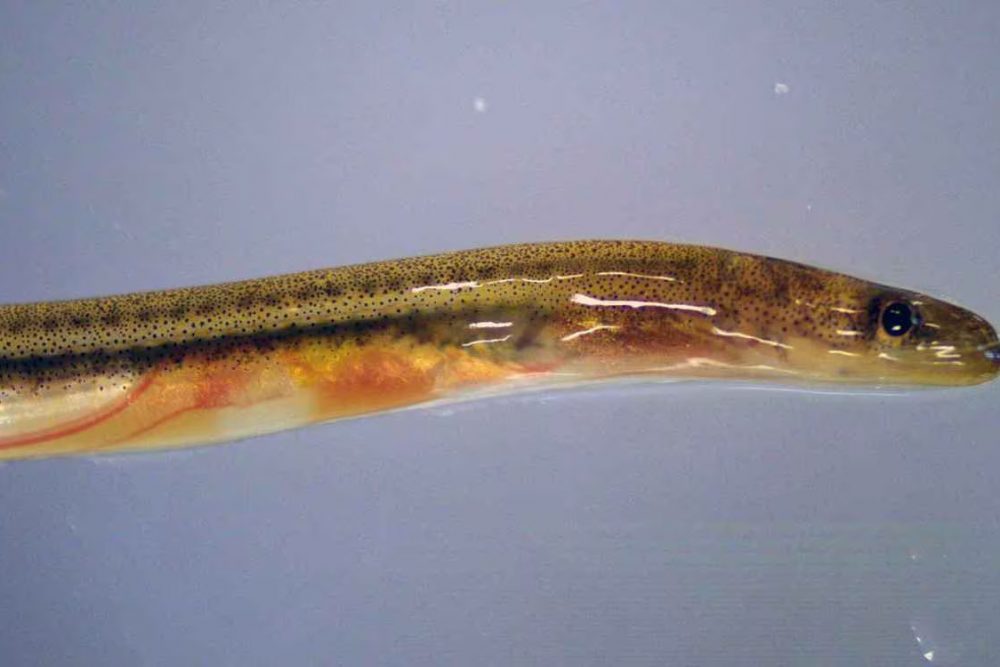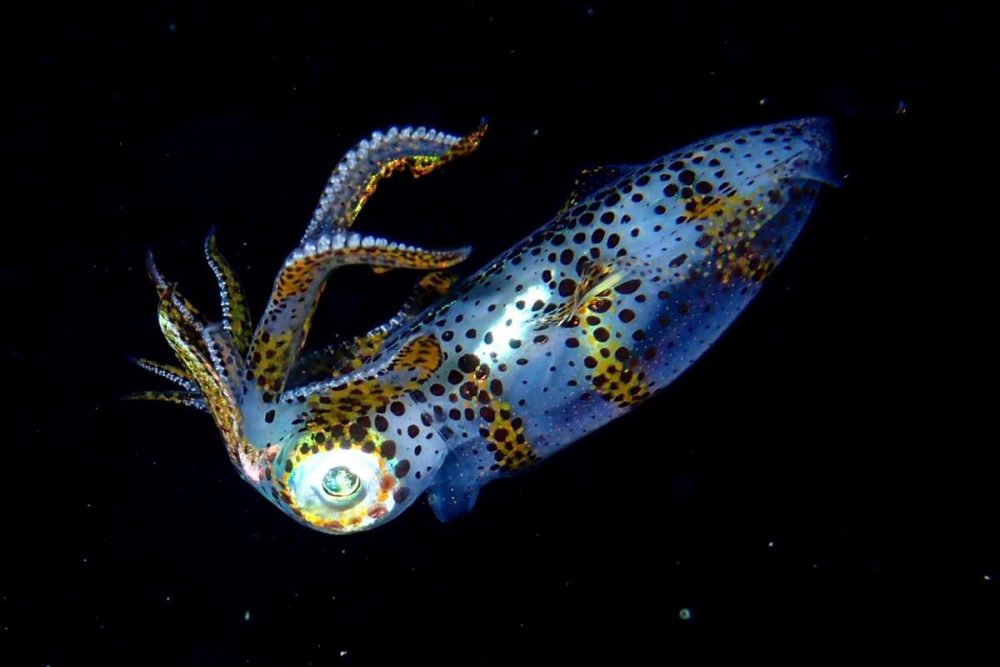Efforts Underway to Protect Coral in Japan's Colder Waters
Global warming is a threat to coral in colder seas off Japan's coasts. A research institute has teamed up with WWF Japan to protect the coral communities.
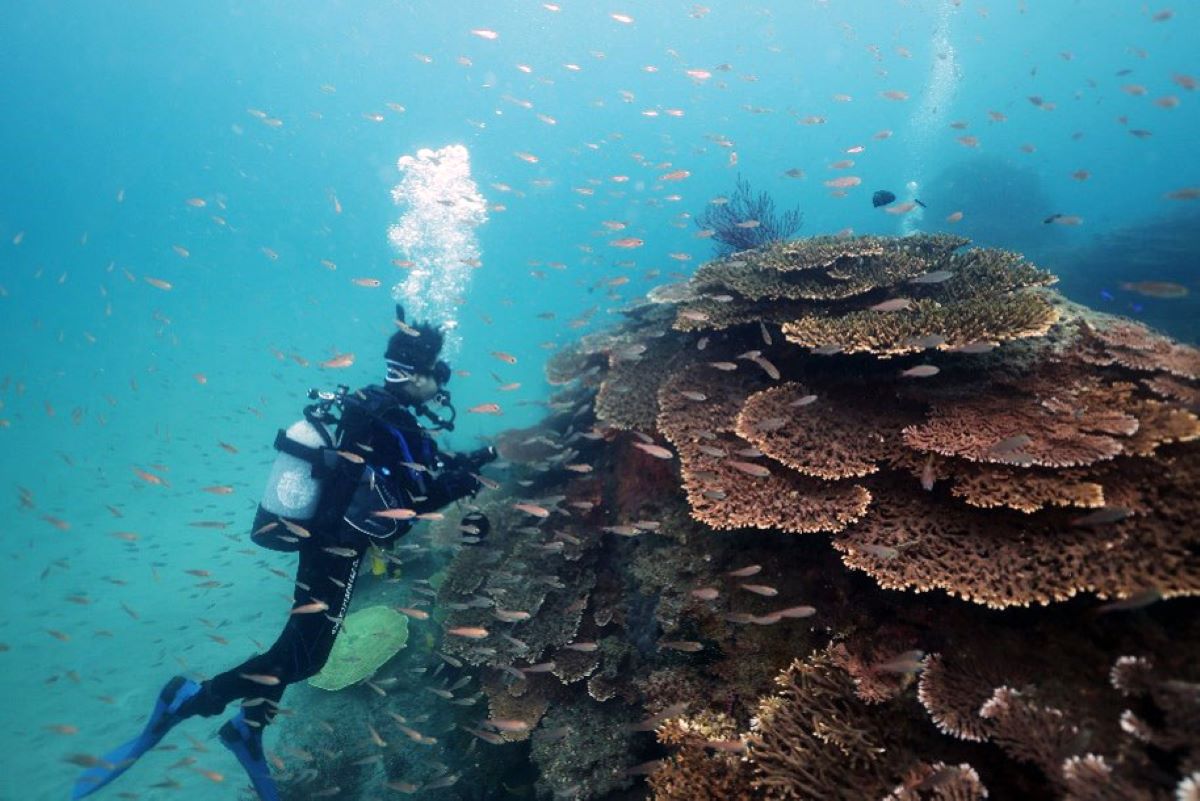
このページを 日本語 で読む
Corals scattered in seas with relatively low temperatures at higher latitudes in Japan, such as in Honshu and Shikoku, are facing damage from global warming. Even areas that are home to over 100 species of corals are not as well known as the coral reefs in warmer seas like Okinawa. As a result, conservation efforts are inadequate.
Researchers and environmental groups have begun to bolster conservation efforts for corals in colder seas, using surveys conducted by the public as a springboard.
Threatened Coral Communities
Coral in Japan is divided into two types, with Tanegashima Island in Kagoshima Prefecture as the dividing line.
Coral found north of the line is called high-latitude coral. It does not form reefs like those commonly seen to the south. Rather, it is distributed in so-called 'communities'.

The northern limits of coral are in the Pacific Ocean off Chiba Prefecture and off Sado Island in Niigata Prefecture in the Sea of Japan.
The Kuroshio Biological Research Institute and WWF Japan are working on an initiative to protect the cold-water coral.

The sea off the coast of Shikoku (Tokushima, Ehime, and Kochi prefectures) in the Pacific, home to more than 130 species of coral, was selected as the target area.
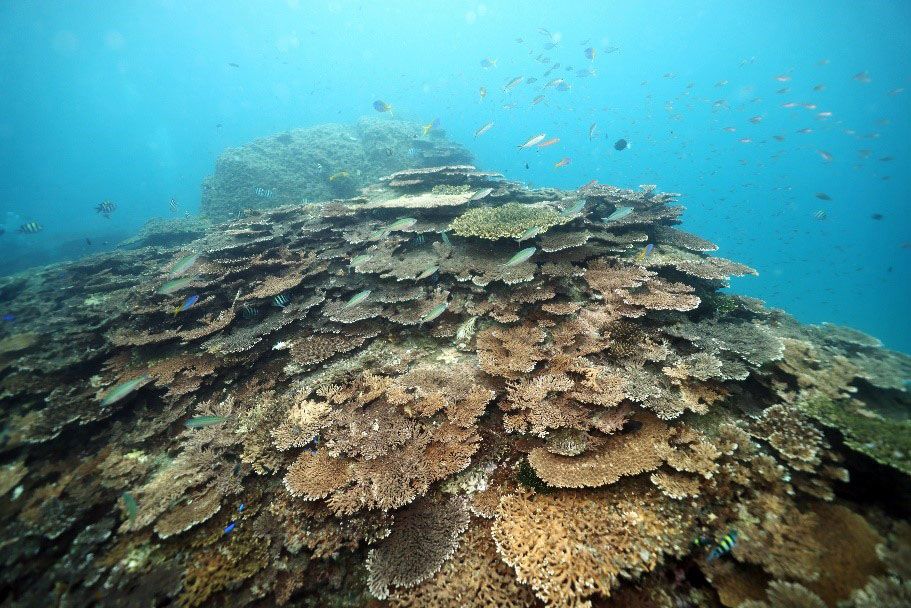
The temperature of seawater in the area has risen an average of 1 degree Celsius over the past 100 years.
A bleaching phenomenon that causes coral to turn white and die, as well as an influx of species from the south and water pollution, have resulted in ecosystem damage in the sea area.
このページを 日本語 で読む






